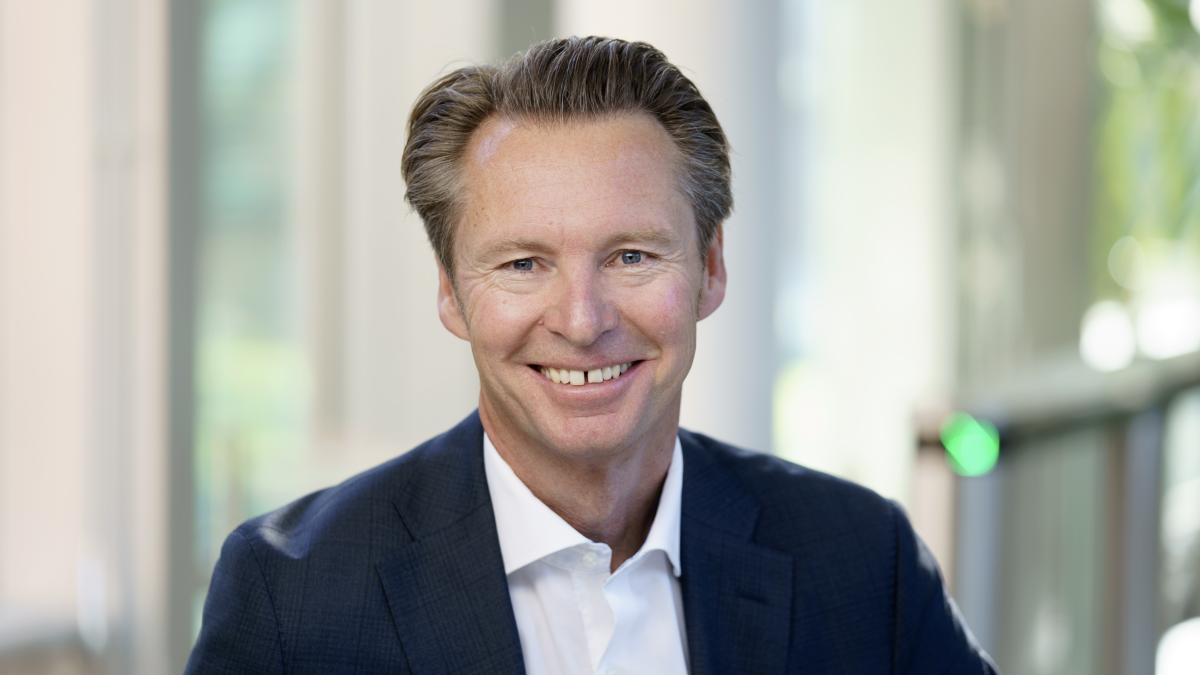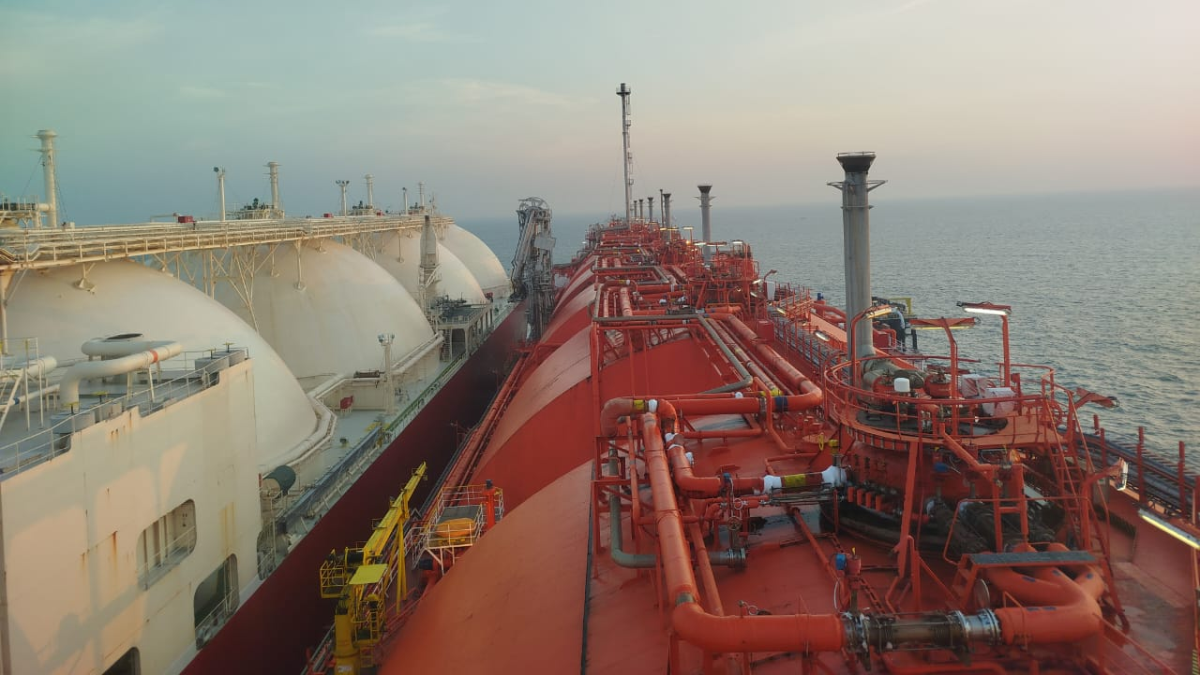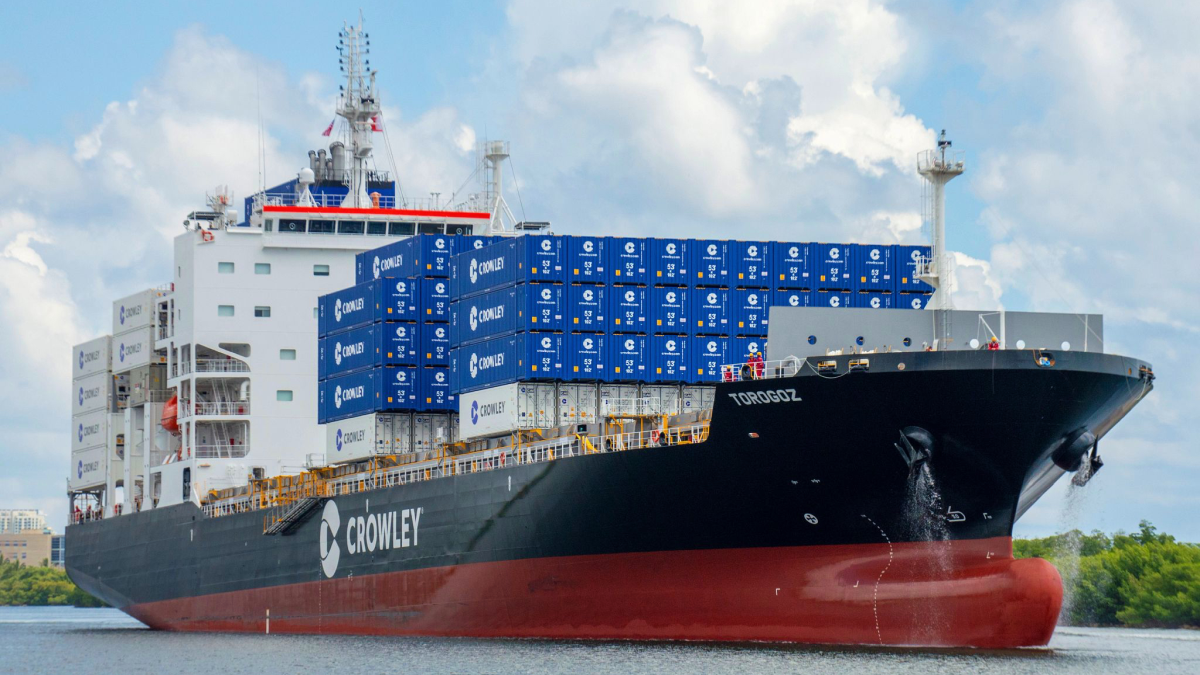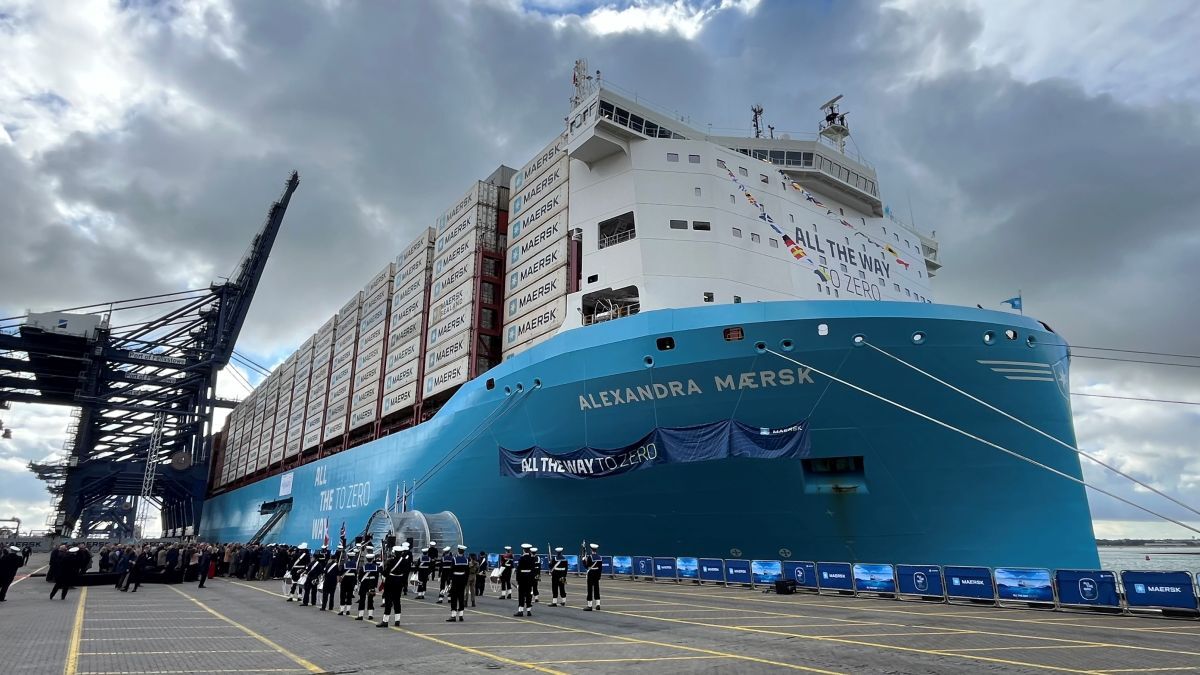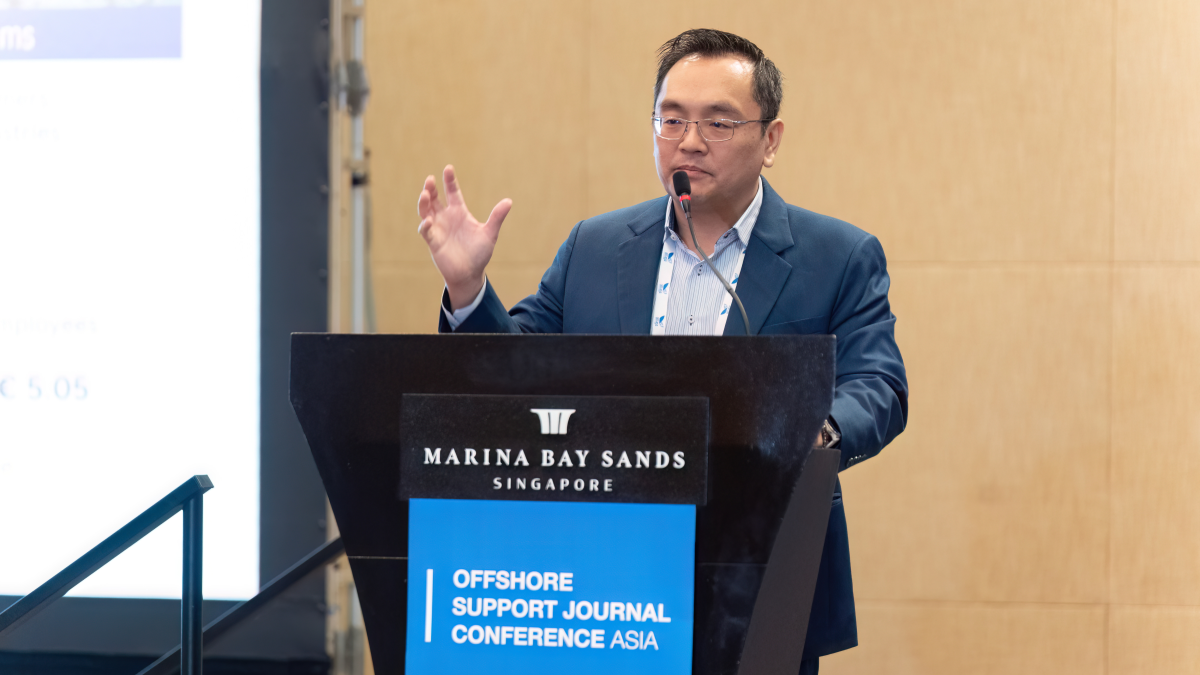Business Sectors
Events
Contents
Obstacles on the road to maritime decarbonisation
Meeting CO2 and greenhouse gas emissions reduction targets requires all pathways to considered, including LNG, says DNV Maritime chief executive, Knut Ørbeck-Nilssen
As the vote on IMO’s Net-Zero Framework draws near, the debate around the best pathways to comply with maritime decarbonisation regulations has heated up. DNV Maritime chief executive, Knut Ørbeck-Nilssen, believes owners need to consider all pathways – including LNG.
“Looking at the Net-Zero Framework as it stands today, we are making the LNG pathway less attractive,” he said. While FuelEU Maritime creates a viable short- and long-term compliance pathway for LNG-fuelled ships based on engine technology, IMO’s Net-Zero Framework does not.
As a result, owners that have invested in LNG-powered ships could be left with stranded assets. There are about 600 such vessels in the water and another 700 on order, Mr Ørbeck-Nilssen estimated. Those figures do not include LNG carriers.
“But not only that, there is a massive investment on the infrastructural side; ports have invested to facilitate the LNG storage and bunkering vessels [that] are picking up in the order book,” he said.
“I’m not saying this because I’m an LNG fan. I’m saying this because, it’s important that we keep all the pathways to decarbonise shipping open, and LNG is one of those pathways, especially if you can insert biomethane later,” he concluded.
“I’m not saying this because I’m an LNG fan”
Mr Ørbeck-Nilssen made his comments prior to the release of DNV’s annual report, Maritime Forecast to 2050 during London International Shipping Week in September. The report’s release comes weeks before a pivotal vote on the IMO Net-Zero Framework, set for an extraordinary meeting of the MEPC in mid-October. If adopted, it would be a sea-change moment for shipping, establishing a global fuel standard and a global greenhouse gas (GHG) pricing mechanism, starting in 2028. Fees would be levied on ships that emit GHG at levels above set targets and collected in the IMO Net-Zero Fund.
But regulatory details and implementation guidelines still need to be finalised. IMO, for example, must still iron out the calculation method for the GHG fuel intensity (GFI), pointed out Mr Ørbeck-Nilssen in his introduction of the report. He said this was crucial “to avoid inconsistencies and ensure comparability across fuel types. Life Cycle Assessment (LCA) guidelines, including well-to-tank (WtT) values for fossil LNG and other fuels, are essential to ensure that those who are making real strides towards emissions reductions today are rewarded and not penalised.”
And while owners have shown a strong uptake in dual-fuel tonnage, the supply of low- and zero-carbon fuels remains weak.
“The problem is there is not enough low greenhouse gas fuels being produced,” said Mr Ørbeck-Nilssen. To meet IMO GHG reduction targets for 2030, shipping will need about one-third of the world production of low GHG fuels, he said.
He also highlighted the increasing use of biofuels in shipping. But intense competition from other industries could push shipping to the side.
Mr Ørbeck-Nillsen concluded: “There are many obstacles on the road to decarbonisation. But I think we should approach this road with pragmatism.”
Related to this Story
Events
Offshore Support Journal Conference, Americas 2025
LNG Shipping & Terminals Conference 2025
Vessel Optimisation Webinar Week
© 2024 Riviera Maritime Media Ltd.


